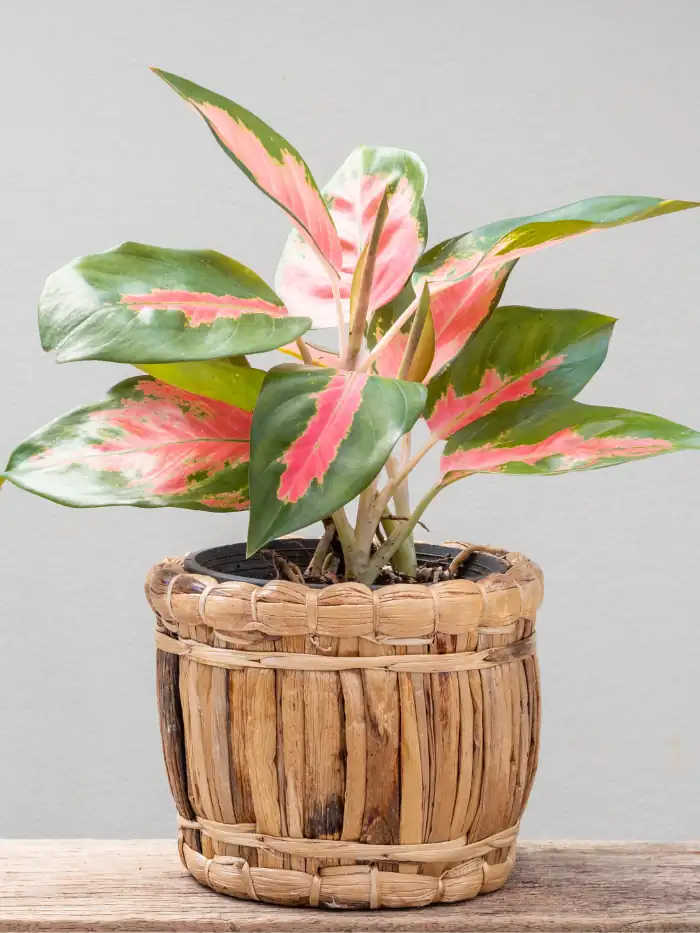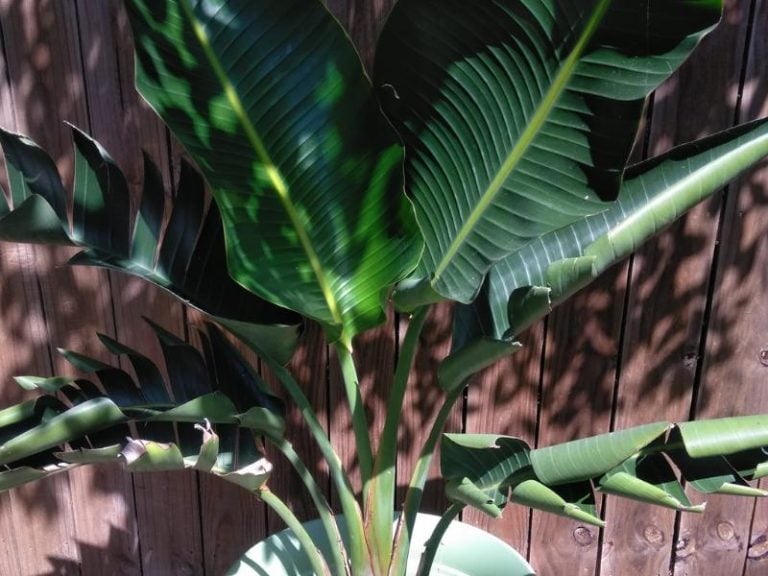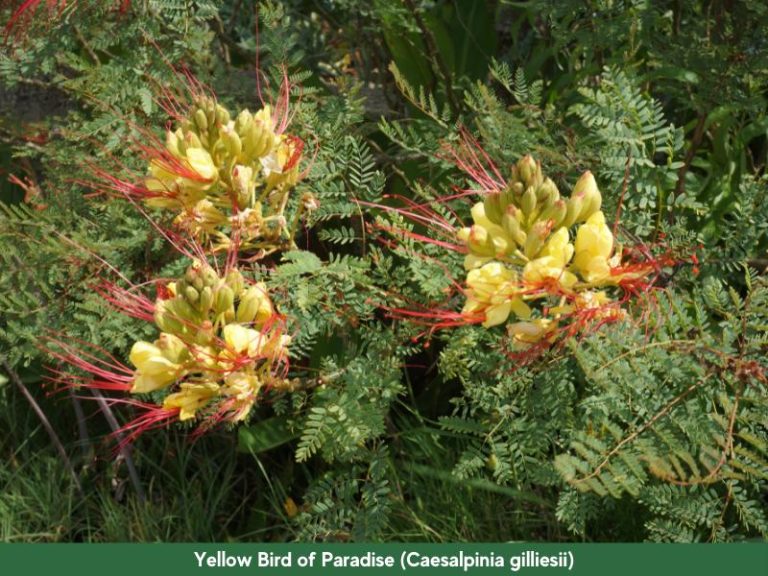Japanese Indoor Plants – 10 Popular Houseplants Native to Japan
Growing houseplants as a home improvement option are becoming attractive for homeowners looking to add a touch of flair within their living spaces. Native Japanese plants are a popular choice for indoor plants partly because of the Wasabi philosophy in the country.
Best Japanese Indoor Plants
The Japanese offer an extensive selection of indoor plants for plant lovers interested in decorating their homes.
Here are 10 of the best Japanese indoor plants:
1. Japanese Larch Bonsai
The Japanese larch bonsai (Larix Kaempferi) is a popular choice for homeowners looking to add a natural charm to their living space.
Japanese larch bonsai grows quite fast during summer and spring (which are its active growing seasons as the plant tends to remain dormant through winter and cooler times of the year). A regular watering schedule will protect the rootball from drying out while grown in direct sunlight or semi-shade.
The regular size of a larch bonsai is about 60-80 inches. The tree needs to be pruned regularly and wired to maintain its shape. Pruning would be best done during winter when the plant is dormant. Whenever possible, prune the twigs at their base and eliminate the wiring before it slices too deep into the tree’s bark.
2. Japanese Fern Tree
The Japanese fern tree (Filicium decipiens) is a fast-growing, slender, and graceful plant that adds a beautiful feel to your home. Although often mistaken for a fern, the plant is more of a tree with a slight resemblance to other fern species.
On average the Japanese fern reaches about 25 feet, adding about 12 inches a year. Unlike most indoor house plants, the Japanese fern tree requires minimal care and attention after the initial planting and early growth stages.
Japanese fern trees prefer full sun for extended periods, but partial sunlight can also be ideal during the cooler times of the year. The plant produces white flowers that bloom in winter and regular watering in well-drained soils of a neutral to slightly acidic ph.
3. Japanese Painted Fern
The Japanese painted fern (Athyrium niponicum) is well suited for indoor decoration. Some species have distinctly colored leaves ranging from foliage green, silver, variegated, etc. that could be useful additions to your living space.
The fern species features a short clump of individual ferns that can grow to about 2-3 ft in width and can reach 3ft in height. The plant is best suited to bright but not direct sunlight although the plant also does well under partial sunlight (you can try basking your plant under the morning sun).
The ferns do well in moist well-drained soil with a neutral or slightly acidic PH. Use some mulch to keep the soil moist through water sessions.
4. Japanese Elm Bonsai
The Japanese elm bonsai (Zelkova serrata) is a wonderful addition to your home. The plant is especially well suited for the broom style art on bonsai partly because of its distinctive straight trunk and wide arc-shaped branch top.
Japanese elm prefers sunny areas and grows well under direct but not intense sunlight. Leaving your plant under the scorching sun for an extended period can cause leaf burn and damage the plant. You can try moving the plant near a window (or outside) early in the morning for a few hours a day.
Moisture and well-drained soil are necessary for the plant’s growth. During the sunny season, you can water twice daily, but you must adjust your schedule in cooler months. Japanese elm is not tolerant of frost (and might need special care during winter).
Occasionally, it may also be necessary to prune the plant to keep it in good shape. Pruning knives are useful for cutting off unwanted shoots from the base. But you need to be careful, as it requires a tender touch.
5. Japanese Bamboo
Japanese bamboo (Dracena Surclosa) is a hardy green plant common in the warmer regions of Japan. The plan features long stalk-like stems complemented by moderately broad green leaves.
Japanese bamboo takes about three years to reach maturity and shoots often appear in spring.
Each species displays distinct characteristics (especially in terms of leaf color), as well as speckles and streaks on the leaf surface. Although good care (including pruning) is necessary to maintain a Japanese bamboo plant indoors.
6. Kokedama
Kokedama is a Japanese technique of infusing indoor plants with moss to create an appealing piece of living art.
You can use different plant species, each with mixed results, but the best plants for kokedama include philodendron, some fern species, peace lily, etc.
The practice works best in moist, well-aerated soils. Regularly pour little amounts of water at a time on a kokedama-infused houseplant and adjust its location for regular but filtered sunlight.
Most plants last about 2 yrs. before your plant needs a potting change. You can try out different plants to give your space an aspect of variety.
7. Japanese Peace Lily
The Japanese peace lily(Spathiphyllum) is a small conspicuous plant with large leaves a bright white flower. There are several species attached to the genus, each with individual features.
The Japanese peace lily flowers grow to about 25 cm long (spathe included) and the leaves span 12-65cm in length and about 20 cm in width. Unlike most houseplants, Japanese peace lilies prefer indirect sunlight of low intensity and sporadic watering (which makes them an excellent choice for a low-maintenance home improvement project).
The Japanese peace lily has several benefits other than its appealing color. The plant is reputed to clean rid air from harmful contaminants such as formaldehyde and benzene.
8. Japanese Maple Plant
The Japanese maple (Acer palmatum) is easily noticeable within a house setup. The plant has distinct red leaves that can easily spruce up any living space. The trees range from 15- 25 ft. (but smaller sizes can be accommodated in the bonsai technique).
The Japanese maple is highly adaptable to different soil types but is best suited for moist, well-drained, and slightly acidic soils. The plant is hardy and can tolerate different weather conditions.
It’s best to plant your maple tree during autumn to give its roots time to develop during winter. Maple trees prefer full to partial sunlight, but extensive exposure to the hot sun can cause leaf burn and other damage to the plant.
9. Azalea
Azalea (Rhododendron) is a popular choice for most Japanese households. The dwarf version of the shrub can reach heights of up to 3ft and produces beautiful colored flowers (every spring) that can add some color to your living space. Besides, the plants are relatively easy to grow and maintain.
Azaleas do well in warm semi-tropical areas with adequate sunlight throughout the year. However, the plants prefer direct but low-intensity light akin to the spring season when the plant is at its most active.
The plants don’t require much watering. However, it’s always a good idea to keep the soil moist but not soggy as it can damage the roots and cause the plant to develop complications. Always adjust your watering schedule to correspond with the season (azaleas rarely need water during winter).
The species prefer fertile, well-drained acidic soils complemented by an organic fertilizer although the latter is not essential. Remember to constantly check on the status of your plant, especially during the cooler months when it is most sensitive.
10. Japanese Stone Crop
The Japanese stonecrop is a beautiful addition to your home owing to its size, ease of maintenance, and aesthetics.
The average size for the Japanese stonecrop is about 6-12 inches in width and 3-5 inches in length. It prefers direct sunlight for extended periods (and does not do well under dim light).
The plant rarely requires watering with about 0.8 to 1 cup of water after every two weeks depending on the season. Ideal soils should be well-drained, moist, and maintain a neutral to slightly alkaline ph.
Small Japanese houseplants
Small houseplants are ideal for indoor decoration. You can place them over counters, tables, and other surfaces for an appealing finish to your living space. Japan has several varieties of small houseplants that you might find useful within your home.
Here are a few examples of small Japanese houseplants:
- Bonsai Trees
- Japanese stonecrop
- Sugi
- Japanese peace lily
- Ajisai-Dera
Tall Japanese houseplants
Tall houseplants are good for home decoration. You can place them along strategic spaces such as wall corners to create a natural and elaborate finish to your living space. You can opt for different types and species depending on your taste and preferences.
Here’s a list of tall Japanese houseplants:
- Matsu (Japanese pine)
- Japanese fern tree
- Japanese Aralia
- Japanese Aurel
- Spindle tree



![Pothos vs. Philodendron: Differences [Pictures + Identification]](https://gardenine.com/wp-content/uploads/2020/12/Pothos-vs-Philodendron-leaf-shape-and-texture-768x576.jpg)



